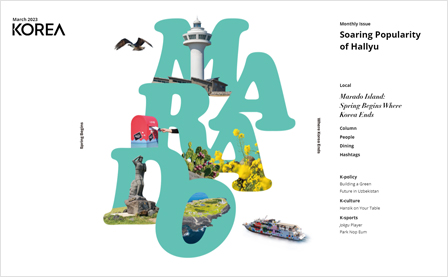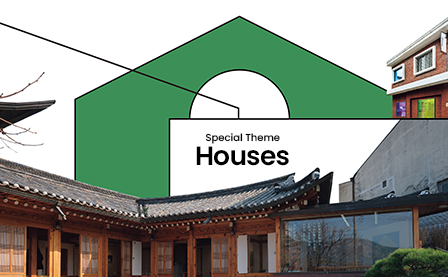May 2023

K-culture
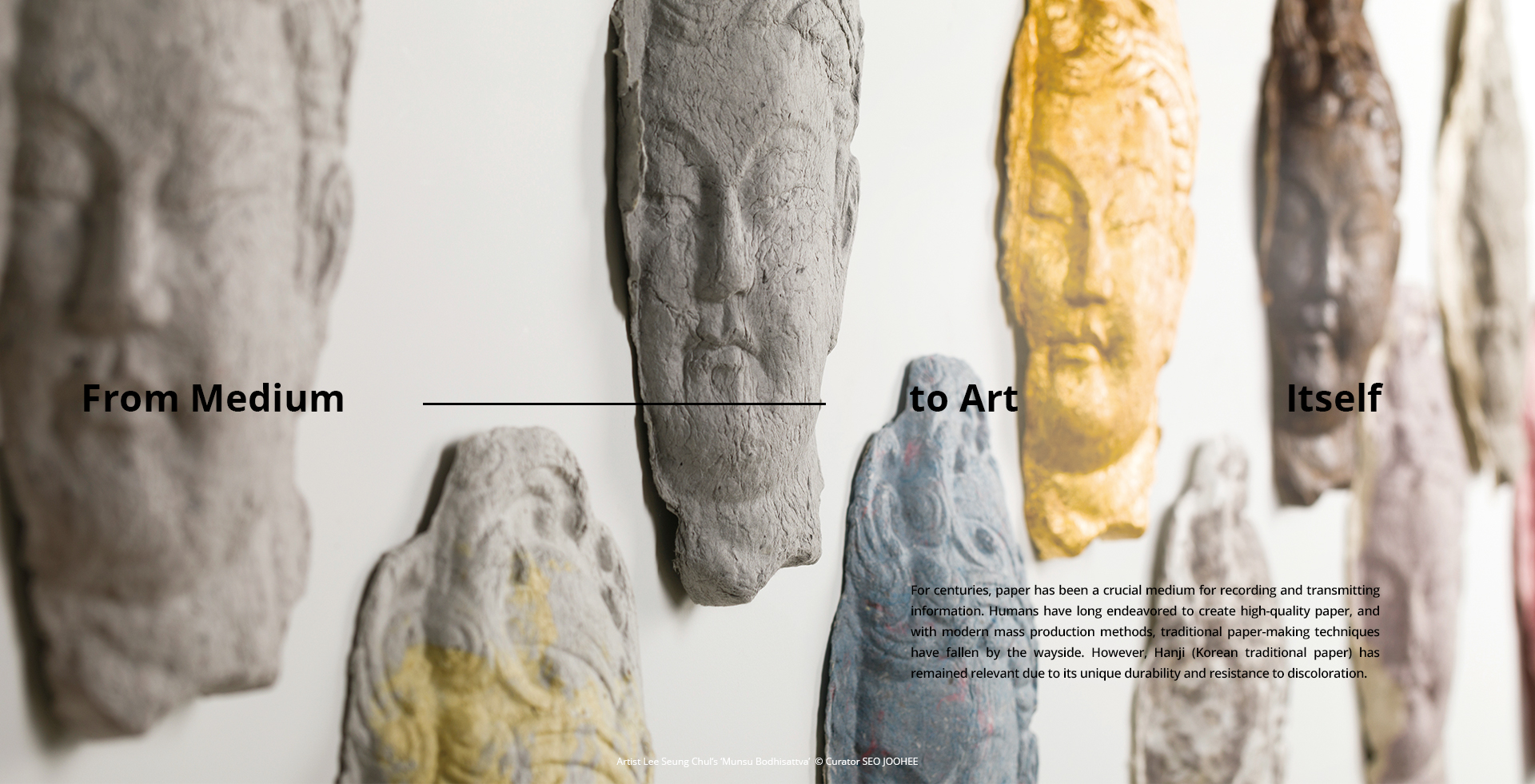
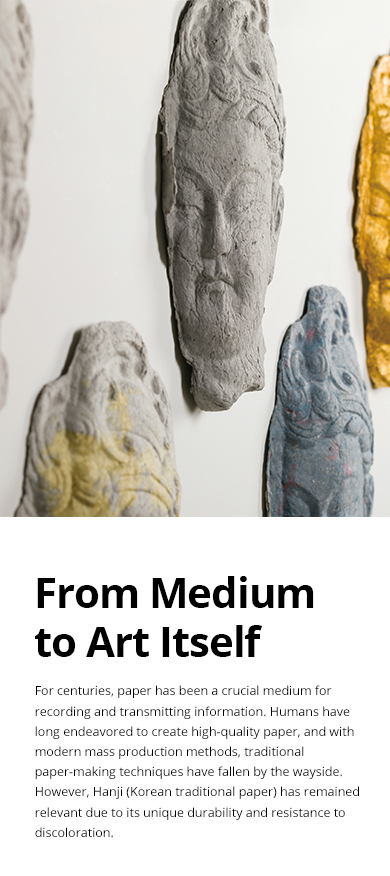
Photos courtesy by Korean Cultural Center in Italy
In October 1996, an incredible discovery was made during the dismantling of the Three-story Stone Pagoda in Bulguksa Temple in Gyeongju: a large amount of Buddhist scriptures were uncovered that had remained intact for approximately 1,300 years. What was the secret to their preservation? Hanji, a type of traditional Hanji.
Hanji’s Superiority
The superiority of Hanji can be attributed to its exceptional ingredients. The main ingredient of Hanji is Dak namu (Korean mulberry trees), a tree that boasts a longer fiber length and is stronger than other trees. Dak namu are particularly renowned for their strength and durability compared to their counterparts in other countries. In addition, Hanji is manufactured using only natural materials, which results in the paper itself being neutral and highly resistant to discoloration.
The unique manufacturing process of Hanji also adds to its strength and durability. Dak namu are steamed, peeled and boiled with lye. Crushed dough is then mixed with dakpul (Hibiscus manihot L.) before being scooped out using bamboo shades. The bamboo shades are crossed both horizontally and vertically, floating the paper in the process. This allows the fibers to be densely crossed in the shape of a cross, resulting in a tough and durable paper. In fact, it is said that in the past, Hanji was overlapped and lacquered to create armor, which is a testament to its strength.
In addition to its toughness, Hanji is also highly resistant to moisture when compared to other types of paper. This is evident in the fact that letters or stains can be washed off with water, and the paper can be dried in the sun and reused. During the Joseon Dynasty, when paper was scarce, it was common to wash and reuse Hanji.
 (Left) Lee’s ‘Bandadi & A cabinet,’ made of handmade Hanji and natural dye. © Curator SEO JOOHEE (Right) Visitors are sharing their impressions of Lee’s ‘Hanji Buddha, Bandadi & A cabinet,’ which is made of handmade Hanji, natural dyes and gold leaf.
(Left) Lee’s ‘Bandadi & A cabinet,’ made of handmade Hanji and natural dye. © Curator SEO JOOHEE (Right) Visitors are sharing their impressions of Lee’s ‘Hanji Buddha, Bandadi & A cabinet,’ which is made of handmade Hanji, natural dyes and gold leaf.As an Art Itself
In Italy, a powerhouse of art and culture, creators are putting Hanji to use in a variety of ways. With more and more artists utilizing Hanji, the paper has become an art in itself.
That is why the Korean Cultural Center in Italy hosted Lee Seung Chul’s Hanji exhibition “In Life and Hanji,” the first exhibition of 2023. Lee is an authority on Hanji theory and an artist who has dedicated half his life to reinterpreting the traditional paper using modern aesthetics. Lee believes that Hanji can survive by being elevated into art, as it has lost its purpose as paper. His works, which reinterpret different Korean objects such as Bandaji (traditional cabinet used to store clothes), moon jars and Buddha statues as Hanji reliefs, showcase the essence of Korean aesthetics and the potential of Hanji.
Lee’s representative Hanji works were introduced to Italy through this exhibition. In particular, he presented special works for Italians at the exhibition. Lee unraveled the unfamiliar material of Hanji with the familiar material of statues of Jesus and Mary, a well-known motif in Italy. Lee’s new works, which contain the meaning of harmony and convergence of Eastern and Western religious cultures, received favorable responses from Italian audiences.
On Feb. 23, the day after the opening ceremony of the exhibition, Lee gave a lecture on the natural dyeing of Hanji and a Hanji relief art workshop for students in the paper lab of Accademia di Belle Arti di Roma. Students who attended the lectures and workshops were able to learn about the artistic uses of Hanji and expressed their gratitude to Korean Cultural Center in Italy for providing them with workshop opportunities with Lee. The “In Life and Hanji” exhibition will next be held at the Korean Cultural Center in Austria and Hungary.
Hanji is a repository of Korean ancestors’ wisdom. It is hoped that more people will have the opportunity to discover the stories hidden within Hanji through artists who continue to incorporate Hanji into art and the Korean Cultural Center abroad, which serves as a bridge between Hanji works and the world.
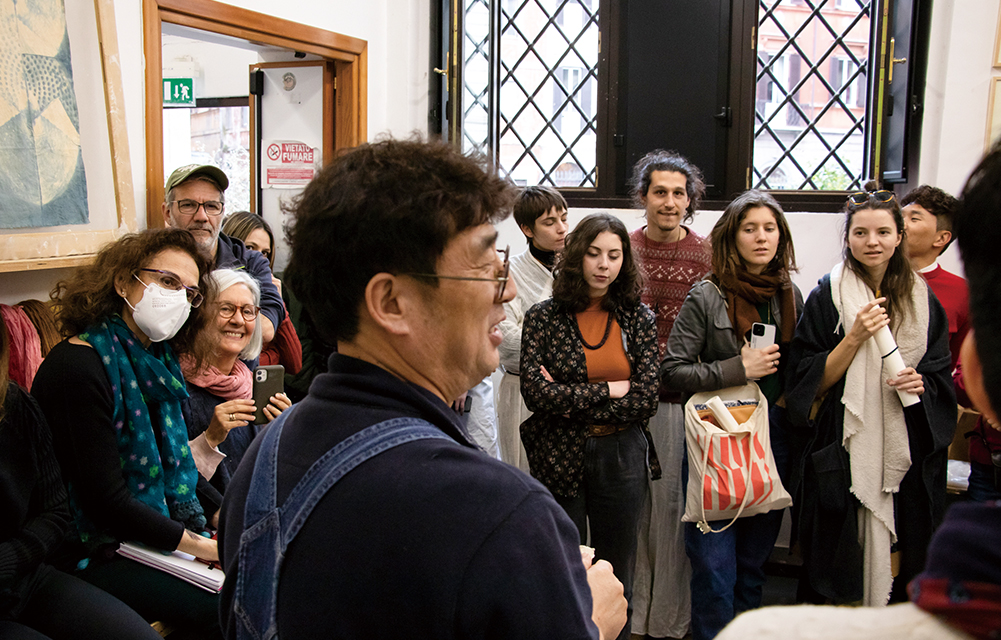
 (Top) Lee is conducting a workshop for students in Italy. (Bottom) Hanji relief works crafted by workshop participants
(Top) Lee is conducting a workshop for students in Italy. (Bottom) Hanji relief works crafted by workshop participants View of all
View of all
